RV 101 ® - RV Newbie Driving Skills - Driver - Tail Swing
- Tuesday, August 16 2022 @ 05:52 pm UTC
- Contributed by: RVED101
If there is one RV driving mistake that leads to more accidents at the gas pump and in other type maneuvering situations, it's tail swing.
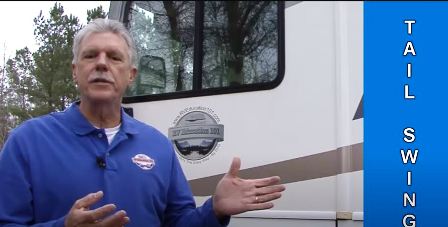
Tail swing is when the rear of the RV behind the pivot point swings out in the opposite direction you're turning.
How To Prevent Tail Swing From Being a Problem:
Tail swing is the distance the body of the coach, behind the pivot point moves in the opposite direction of the front, when you make a turn.
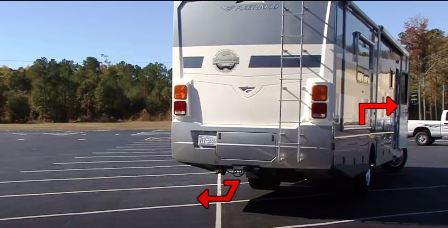
To establish what your tail swing is, stop your coach with the side of the coach parked along a straight line.
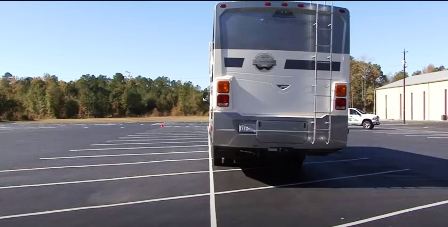
Then make a full lock turn away from the line and have somebody measure the maximum tail swing as you make the turn.
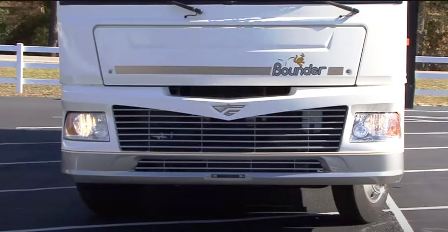
Depending on the type of RV you have, the tail swing could be 15 inches to 30 plus inches.
My RV has a 31 inch tail swing.
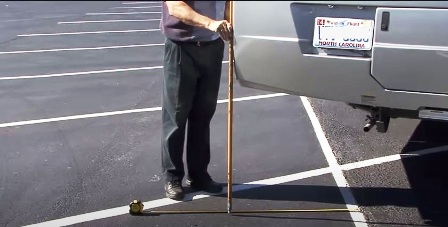
In general, a newer chassis will turn sharper which equates to more tail swing.
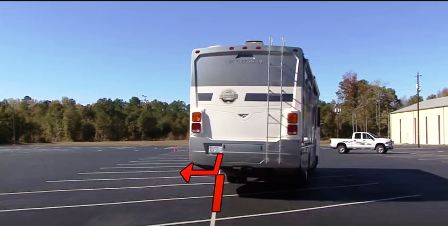
A common thought is that tail swing damage would be the most frequent type of damage to an RV. However after talking to some RV service departments, they see tail swing damage as the second most common type of damage.
The most common area damaged while driving an RV is the upper right corner of the vehicle.
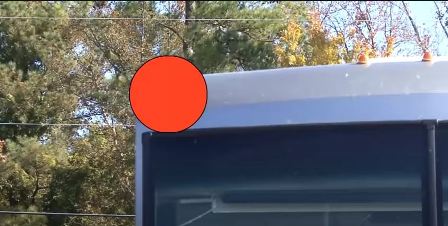
This is caused from crown roads and poles that are set close to the side of the roadway.
Well there you have it. Knowing how much tail swing your RV has, can help prevent accidents, especially at the gas pump.
This RV driving skills tip is from our drive your motor home like a pro online course.
Happy RV Driving
Mark Polk










